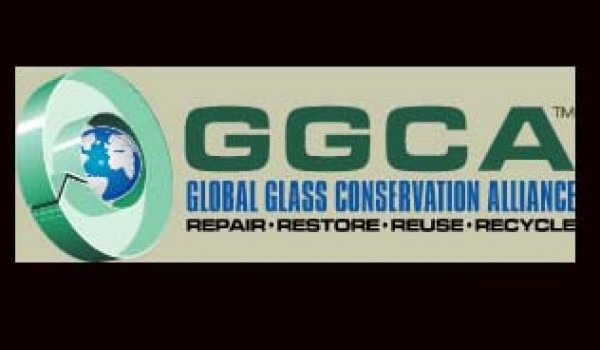At present, there is no standard in place for the repair or removal of scratches from architectural glass and, to compensate for this, officials of the US National Windshield Repair Association (NWRA), a division of the Global Glass Conservation Alliance, are working to create an American National Standards Institute (ANSI) standard for architectural glass repair and scratch removal.
Officials at the US National Windshield Repair Association (NWRA), a division of the Global Glass Conservation Alliance, are working to create an American National Standards Institute (ANSI) standard for architectural glass repair and scratch removal. ANSI has sent out a call for members to join the new committee, and says that stakeholders include scratch removal practitioners, scratch removal suppliers, building owners and managers.
At present, there is no standard in place for the repair or removal of scratches from architectural glass.
There are many reasons behind the creation of this standard, says Kerry Wanstrath, NWRA president. “Just to give a few, first to preserve the integrity of the legitimate service provider of glass restoration. As with many new innovative ideas or products, there are those that would degrade the service or technology by performing below the industry standard. A standard can make sure people are not taking shortcuts, or not taking proper safety precautions. An example might be not using proper safety precautions if a work area is exposed to the public. A standard can elevate the level of work quality.”
Keith Beveridge, senior vice president of NOVUS Glass in Savage, Minn., and a member of the NWRA board, adds: “A standard would help define what glass repair and scratch removal really is, and more specifically what it isn’t,” he says. “It would help remove the hype and general misinformation of what really happens during the process, and would hopefully show how best to measure success. Doing this will add more legitimately to the industry and help in the awareness that glass can be repaired and scratches can be removed. Saving damaged glass from ending up in landfills, especially types that cannot be easily recycled, should be important to everyone in the glass industry.”
“A call for volunteers involved in the industry with some level of expertise will be made,” Wanstrath says. “Once a committee is formed, we will begin the development of a code of best practices considering the various technologies used within the industry. The committee will meet throughout the year, until it is ready to submit for public input. Then public input will be addressed as the standard will be sent to ANSI.”
“Participation from all sectors of the industry – including end users, trade associations, regulatory bodies, manufacturers of equipment and glass, and anyone who has a vested interest in the outcome – would allow the standard writing group to determine the shared goals, set out the roadmap for the standard and, most importantly, pool scientific resources,” Beveridge says. He adds, “Writing a standard is often times about individual agendas and how you compromise your point of view to create an overall stronger standard. Agreeing on compromises and creating a standard that is not only fair, but one that can objectively measure success is the hardest part, but it is also the most important part.”
Just like most standards, this one will also be voluntary, Wanstrath says. “It is a code of best practices, and if someone is not interested in meeting that level of practice, then it is up to the market to determine their success or failure. That is how it works,” he says.




